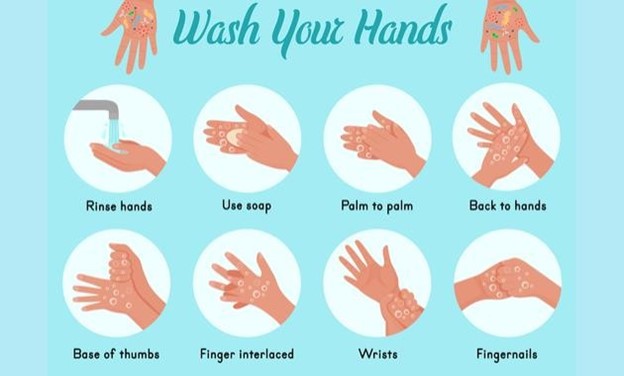A nurse is teaching a client who has constipation. Which of the following should the nurse discuss as causes of constipation? (Select all that apply.)
Increased fiber in the diet
Ignoring the urge to defecate
Inadequate fluid intake
Increased activity
Excessive laxative use
Correct Answer : B,C,E
A. Increased fiber in the diet is not a cause of constipation, but rather a preventive measure that can help promote regular bowel movements by adding bulk and softness to the stool.
B. Ignoring the urge to defecate is a cause of constipation, as it can lead to hardening and accumulation of fecal matter in the colon, resulting in difficulty and pain during defecation.
C. Inadequate fluid intake is a cause of constipation, as it can contribute to dehydration and reduced stool moisture, making it harder and drier to pass.
D. Increased activity is not a cause of constipation, but rather a beneficial factor that can stimulate intestinal motility and facilitate bowel elimination.
E. Excessive laxative use is a cause of constipation, as it can interfere with the normal functioning of the colon and cause dependence, leading to decreased bowel tone and reduced peristalsis.
Nursing Test Bank
Naxlex Comprehensive Predictor Exams
Related Questions
Correct Answer is C
Explanation
A. Rubbing hands and arms to dry is not the correct action for hand hygiene. After applying soap, hands should be rinsed thoroughly with water and then dried using a clean towel or air dryer.
B. Adjusting the water temperature to feel hot is not recommended for hand hygiene.
Water that is too hot can be uncomfortable and may even cause skin irritation. The water should be comfortably warm.
C. Applying 4 to 5 mL of liquid soap to the hands is the correct action. This provides an adequate amount of soap to create a good lather for effective handwashing.
D. Holding the hands higher than the elbows is not a necessary step for hand hygiene.
The focus should be on thoroughly cleaning the hands, not on the position of the hands in relation to the elbows.

Correct Answer is A
Explanation
A. When administering a cleansing enema, it is important to hold the container of solution about 30 cm (12 in) above the anus. This provides enough gravitational force for the solution to flow gently into the rectum.
B. This action involves unnecessary movement of the container and is not a standard technique for administering a cleansing enema.
C. Holding the container level with the client's upper hip does not provide sufficient height for the gravitational force needed to administer the enema effectively.
D. Keeping the container at a level to maintain client comfort is not specific guidance for administering a cleansing enema. The height of the container above the anus is a critical factor in ensuring the enema flows properly.
Whether you are a student looking to ace your exams or a practicing nurse seeking to enhance your expertise , our nursing education contents will empower you with the confidence and competence to make a difference in the lives of patients and become a respected leader in the healthcare field.
Visit Naxlex, invest in your future and unlock endless possibilities with our unparalleled nursing education contents today
Report Wrong Answer on the Current Question
Do you disagree with the answer? If yes, what is your expected answer? Explain.
Kindly be descriptive with the issue you are facing.
